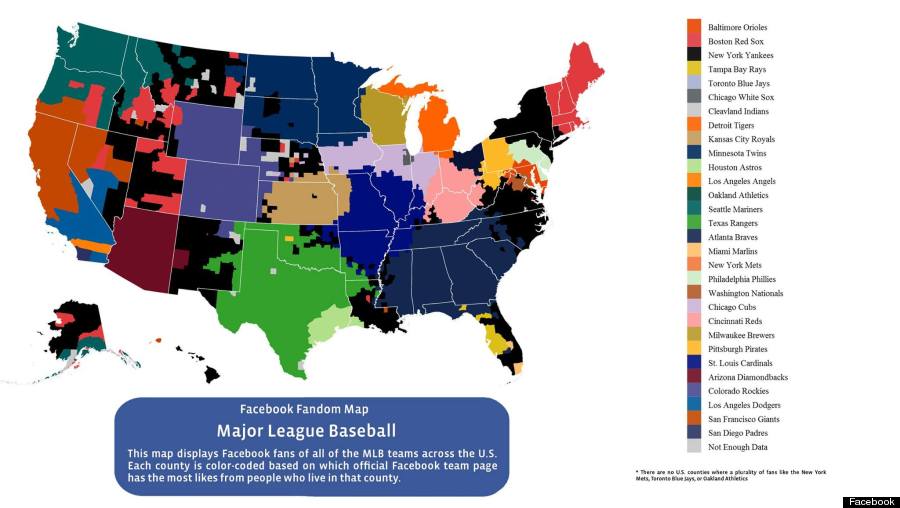In his outstanding book, Siam Mapped (Hawaii, 1997), Thai historian Thongchai Winichakul observes that traditionally boundaries between nation-states in Southeast Asia were ill-defined regions between power centers that melded into each other at their outer peripheries. One did not cross a boundary but rather travelled through it, gradually leaving one power sphere and just as gradually entering another. At the peripheries, local rulers and people often gave shifting allegiance to two or more centers of power. When the Europeans showed began to take control of most of the region in the 19th century, however, they introduced carefully surveyed, sharply drawn boundaries. They wanted to know the precise extent of their authority for purposes of control and taxation. The "mapping of Siam," thus, was not just about cartography. It was about power.
We in the West continue to think of boundaries in this sharp-edged, almost rigid way. A recent posting entitled, "Facebook Data Creates Incredible MLB Fan Map That Proves That Yankees Fans Are Everywhere," provides a striking example of how such mapping of realty is both useful and deceiving at the same time. Illustrating the posting is this map:
The point of the posting is that Yankee fans are everywhere. Its assumption is that sports cartographers are able to draw fine-lined boundaries between geographical areas "occupied" by each major league baseball team. Thus, Minnesota Twins support all but ends at the Minnesota-Wisconsin state line and the Milwaukee Brewers take over.
In truth, it isn't like that. The boundaries of support for each team are far more porous, less well-defined, and more like traditional Southeast Asia than the above map suggests. The actual point of the article, that there are Yankee fans in large numbers all across the nation, itself suggests that sports boundaries are more amorphous that the map suggests. The map evidently uses counties for its basic unit, so that a county that has a bare plurality of Yankee fans is colored Yankee black, while another one that almost has a plurality of support is not Yankee black. Twins support does not abruptly end one county into Wisconsin or Iowa, but it does dribble off so that there are more Brewers fans or Cubs fans east or south of the state line.
The point here is that people who habitually draw maps with sharp-edged boundaries tend to perceive such boundaries in other areas of life. Such boundaries promote rigid identities in all facets of life, and those who think in terms of pencil-thin boundaries tend to draw them when it comes to religion as well. One must be either a believer or an unbeliever, an atheist or a religionist. In reality, even in our hearts the boundaries between faith and unfaith are just not that clear. We have, in fact, a word for those who eschew amorphous shifting boundaries of the heart: "fanatics".
